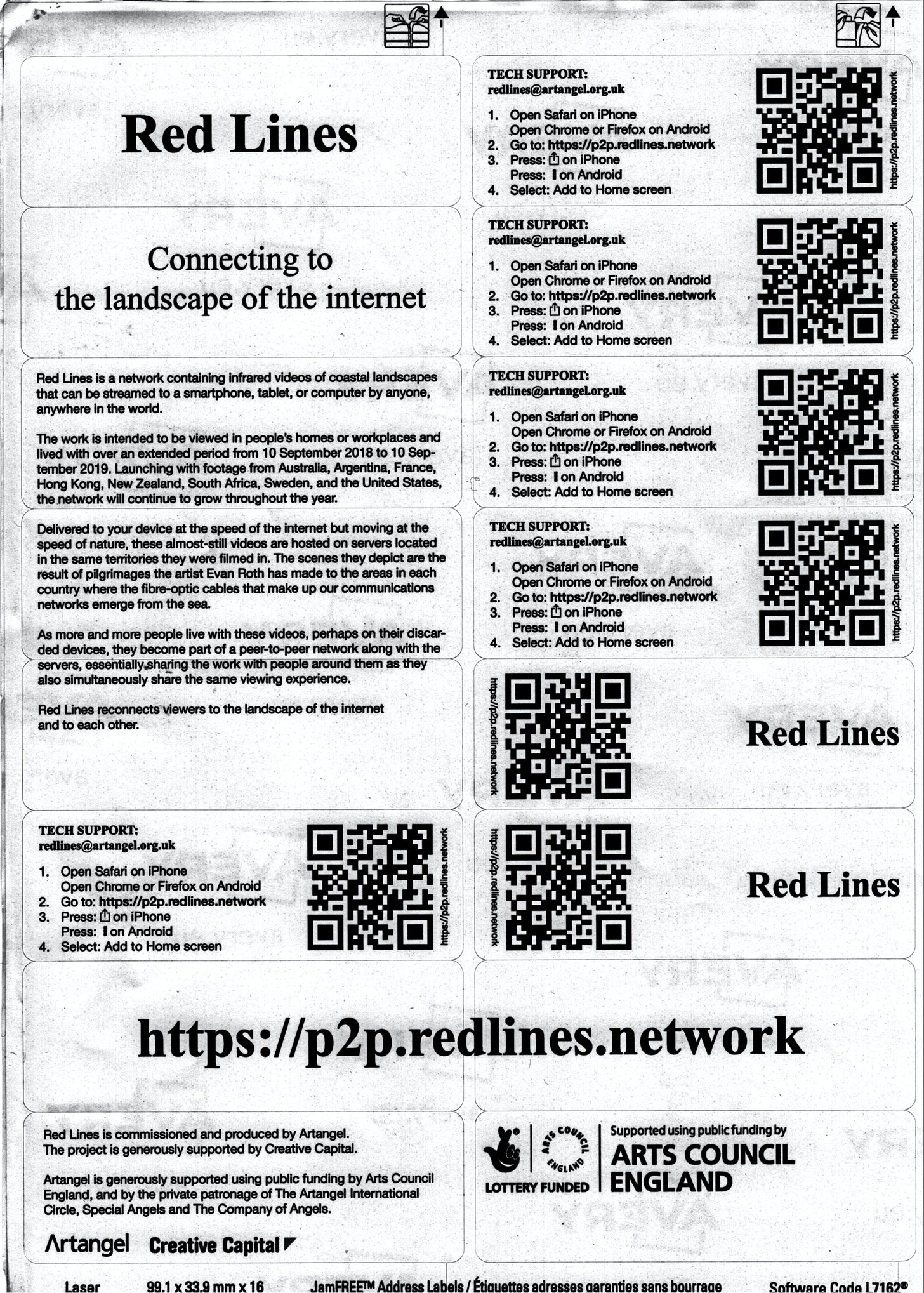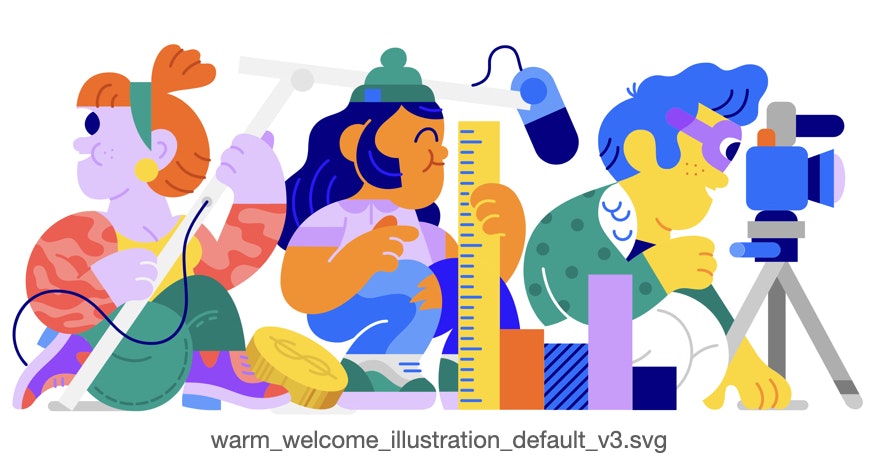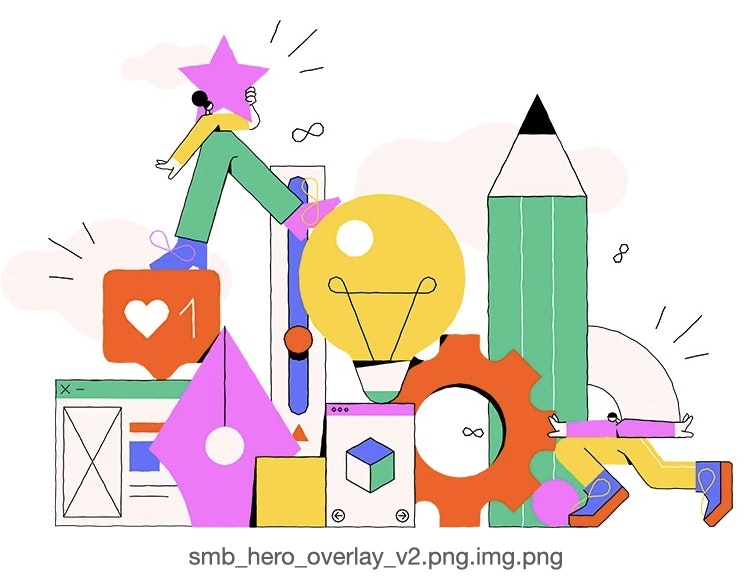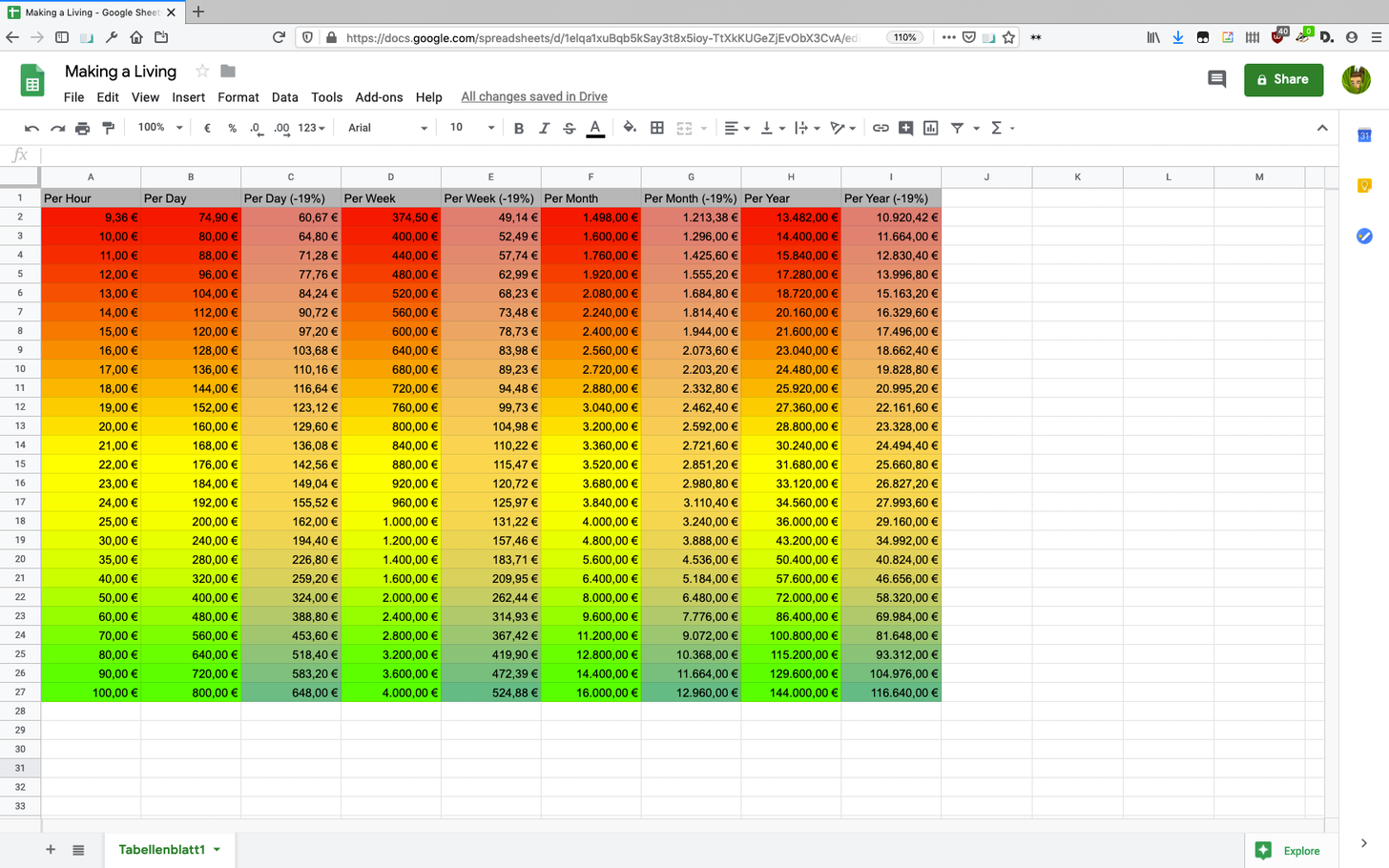Offline Matters: An Interview Series is co-presented with No Fun Mag, a membership newsletter by Jess Henderson, author of the book Offline Matters: The Less-Digital Guide to Creative Work.
This time, Jess talks with Paul Bille to answer some of the questions that emerge when a graphic designer opts out of all social media.
PART I: Talking with a Doubtful Designer
Hey Paul,
You’ve been working as a freelance graphic designer since 2018. In your words that’s “because there wasn’t really a choice.” How would you explain your experience of being a freelance designer over the past few years, and why did freelancing feel ‘choiceless’?
My mother is a freelance graphic designer, my father a freelance photographer, and my sister freelances as both. So, freelancing was somewhat default for me.
After graduating from the Hague’s Royal Academy of Art (KABK) in the Netherlands, I moved to Berlin to work with the artist Evan Roth [a US artist who applies a hacker philosophy to an art practice that visualizes transient moments in public space, online and in popular culture–WP] on his project Red Lines for three months. Technically I was freelancing, but I basically worked for him full-time. After having lived in my art school bubble for five years, this was a nice sort of buffer before entering ‘real life.’

From “Red Lines” a part of the project w. Evan Roth, via Paul’s site: “Red Lines is a network containing infrared videos of coastal landscapes that can be streamed to a smartphone, tablet, or computer by anyone, anywhere.”
Working for Evan lead to a couple other clients, though after half a year I was running out of jobs. I barely got any response to applications for positions, which were mainly tiny design studios or artists.
Since I was still sub-letting my room in The Hague and most of my friends were still living there too, I decided to move back. Since then, I have found myself being busier with writing grant applications, project proposals, or working on my website, than actually freelancing.

‘Knock Knock on Wood’ at paulbille.biz
It seems rare to find a graphic designer today who doesn’t have or use social media, particularly Instagram—like yourself. Most either feel it is essential as a form of portfolio, a way to get work (maybe even ‘network’), and absolutely use it as a resource for ‘inspiration.’ As a designer who does not use any of these platforms, could you please explain a bit about your decisions, feelings, perhaps even politics around this? Is there a central reason why you choose not to partake in that ‘world’?
In 2017, I did begin to use Instagram out of professional FOMO. In the beginning I was very ambitious about it (of course.) I uploaded my full portfolio and even made one of those grid compositions. But every time I would scroll there it just made me feel depressed rather than inspired. I had about 200 followers and wasn’t getting any more, so I just stopped using it.
Simultaneously, I was working for Evan and became more and more interested in net-art and the politics around it. By mid 2018, I had replaced Instagram with Reddit, which I have also stopped using now. The only platform I use is Are.na when I ‘need’ something to scroll. Recently I have also been reading a bunch Twitter threads, I must admit. Maybe I will log on one day…

‘Knock Knock on Wood’ at paulbille.biz
It’s interesting you note the sensation of ‘needing’ something to scroll. What’s the pull for you, is it boredom, wanting input, something else? And does the decision to join Twitter feel like a dilemma? Which threads have had your interest and provided the contemplation for making an account?
I think it’s my lizard brain wanting instant gratification. Craving that experience where every scroll is rewarded with glowing, moving pixels. It doesn’t really matter what it is. I sometimes check my emails at midnight for no reason. I only have Are.na as a “feed,” which is not very addictive. Yet still, I pick up my phone around 40 times a day, often just to check if there are any notifications from Signal or whatever. The silly thing is I turned all notifications off, but I still check.
I don’t feel like I’ve ‘joined’ Twitter yet. And I certainly haven’t done so officially. I’m only lurking. Not being logged in does become annoying if you want read comments. However, I like that in a way as it functions like a natural timer. Once I am being asked to log in I stop browsing.
To give some scope to what I’m up to there, most recently I:
-
Read through Dominic Tarr’s twitter
-
Checked David Rudnick’s vegan bolognese recipe, and
-
Was diving into Shannon Mattern’s thread where she was asking for artists that used slide decks as a medium.

Former programmer turned boat-builder – @dominictarr
We are fellow researchers at the Institute of Network Cultures (INC) where you recently posted a piece titled Dehumanizing the User Experience that presents an analysis of your personal collection of ‘Big Tech Corporate Art.’ Could you explain the project of dehumanising the user experience—is it necessary? What was the aim of this analysis? It seems as though the illustrations you dissect pass us by on a daily basis, completely unconsciously and without provoking any criticality. Is there a problem with that?

“My latest find, from the YouTube account settings page. Three characters: One holding a microphone, another holding a ruler, and the last operating a camera. There’s also a coin and a bar graph. These seem to be content creators…” – Paul Bille
The title of an image collection on my Are.na channel was Dehumanizing the User Experience, which was riffing off the way Dribble described the illustrations I copied to my channel in their newsletter (“Find designers specialized in facilitating and improving the quality of complex Interfaces by humanizing the User Experience!”).
I noticed that someone on Are.na added it to their personal ‘inspiration’ channel and felt the need to clarify why I was collecting them as dehumanizing. So, I wrote that post and explained my Dehumanizing the User Experience channel. There is no problem with the illustrations themselves. The issue is in their omnipresence. When everything looks the same it has a numbing effect. Forcing myself to look at them closely, as I did in this post, was a very absurd, but fun exercise.

“…here we see someone scurrying through the scaffolding of an unfinished page. Tiny helpers that are doing all the work while we are asleep.”
PART II: On Popular Design’s Silent Ableism
“The modern(ist) graphic designer is rational. He is intelligent and eloquent. His mind is sharp. He knows how to use his words wisely. He’s a thinker and he knows his craft. He conducts his research thoroughly. Unlike myself, I have ADD and dyslexia and I often struggle to put my thoughts into a comprehensible structure. But by using any of these tools, I can become a smarter, more organized, clutter-free, more mindful, more efficient, healthier, simply a better person (designer). All I have to do is climb the paywall.”
Excerpted from Welcome to the Club

In the piece Welcome to the Club you look at tools like Are.na and services like LOT2046—both of which many designers I know are big fans of. It’s a critique of designs which promote exclusivity, intrinsic in their very visual manifestation. To quote you further:
“I have discovered lots of amazing things because of Are.na. But I would lie if I said that I’m only on Are.na because it’s practical. I’m also on Are.na because it’s cool. Having the Are.na link on my website implies that I belong to a certain group and that people can expect certain things from me. So far, so normal.
… And I get it. I also think it’s hot. My website is set in black with lots of white space as well. In the case of Urbit and LOT, I don’t expect anything else. But with Are.na, I find that the design clashes with the values that Are.na seems to represent. Exclusivity and an inclusive community don’t go well together.
I guess the take-away of this ramble is that none of this is new. Brands exploiting our anxieties is nothing new. Branding yourself like Apple is nothing new. Gatekeeping is nothing new. LOT has a code of conduct. Rule number one is “wear the uniform.”
Excerpted from Welcome to the Club
In that piece of writing you provide a very rich critique. which is certainly missing in the general discourse. I fear many designers totally overlook these aspects of the various tools they venerate or use on a daily basis. It awakened me to the fact these tools and services are promoting, operating, and perpetuating a silently (pro)ableist ‘community’ and approach to design.

The homepage for self-care subscription service LOT (formerly LOT 2046), which is now bitcoin-only.
That earlier quote from you, which discloses your ADD and dyslexia, not only elucidates the ableist-ness associated with what is thought of a ‘good designer,’ it connects the archetype of the ‘good designer’ with a sort of elitism (“All I have to do is climb the paywall.”) Are there others who are shedding light on this problematic, or do you feel that this is generally an aspect which is unspoken about?
I wonder if this is just the nature of branding and advertising. It seems absurd to think about anyone seriously promoting themself as average or non-functional, even though that would be totally refreshing. Obviously, the strategy of positioning one’s self as average is not seen as potentially fruitful in the world of design.
Also, more casual, low-effort approaches to self-promotion don’t seem to escape the making it look easy game. Maybe branding is just inherently tied to a desire to become superhuman? That being said, I have seen a lot of people sharing more personal content, particularly doubts or failures, on their personal websites. A couple days ago I read a great article by Robert Minto for Real Life called Rank and File, in which he talks about the sex-appeal of note taking tools via the example of Roam Research.
“A new conviction structured the next decade of my life: The un-annotated life was not worth living… Enthusiastic proponents of Roam Research, a new note-taking app, call themselves the “Roam Cult.” If you browse #RoamCult on twitter, you don’t have to scroll very far to see claims that it is life-changing.”
Excerpt from Rank and File
Taking aside the discussion around unpaid labour and maintenance, I think the whole F/LOSS (free and open source softwares) movement is dealing with this on a very practical level by making software accessible for everyone, by making it free or using pay-what-you-want/can models.
The design collective OSP from Brussels has also made great efforts towards breaking with the “appeasing elegance of the typical self-assured designer who has everything sorted”—in their beautiful words. Their whole approach to design is centered around F/LOSS. And I think a lot of the people floating around INC, specifically Varia and Constant are addressing such issues in their practices. But then again, this is a rather small margin compared to the corporate world.

Speaking of the corporate world… I am a big fan of your project Red is Bad. Green is Good. (pictured above, and included in one of our earlier Smattering editions). Can you tell us about how you came to make this work/sheet? Has it been helpful to others, and have you ever shared it with a client?
It began as something I made for myself and my friends to have ‘cheat sheet’ when bargaining with clients over the pay rate for a job. After that, my friend Carmen asked if they could include it as a background in published in Pub Journal Issue #2: From Precarity, by the graphic design department at the Sandberg Institute in Amsterdam.
It has been more useful as a project than as an actual tool for measuring rates of payment, unfortunately. Ironically, I don’t think I have ever been paid by the hour. For the most it is fixed rates, and with those it is probably better to not calculate how this translates to the hour… Discussing the sheet here though does make me think, maybe I should include it when I am writing up quotes.
Finally, I would like to share a quote from the introduction to a new book Not At Your Service: Manifestos for Design (click for pdf) by my friend and design lecturer Björn Franke:
‘Design is often seen as a marketing instrument that is employed to create an aesthetically or functionally competitive advantage in selling goods, ideas or services. Although this may be a valid and valuable view of design within a commercial setting, by no means does it define the boundaries of design. The marketplace, however, should neither determine the scope of design nor the roles that designers can take.’
How do you feel about this viewpoint and does it relate to your experience of working as a graphic designer in any way?
I certainly agree. It is, and should not be, like that. However, I don’t think there are any theoretical boundaries of what shape a design practice can take. My personal experience as a freelancer has been shaped by the fact that the less I work for clients, the more I busy I become with spending time and energy on presenting myself as a capable worker—even if it’s just within the marketplace of arts and culture. I guess marrying ideals and an economic reality is the big mystery we are all trying to solve.
Any last words?
Fuck Instagram. But really.













